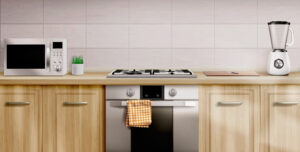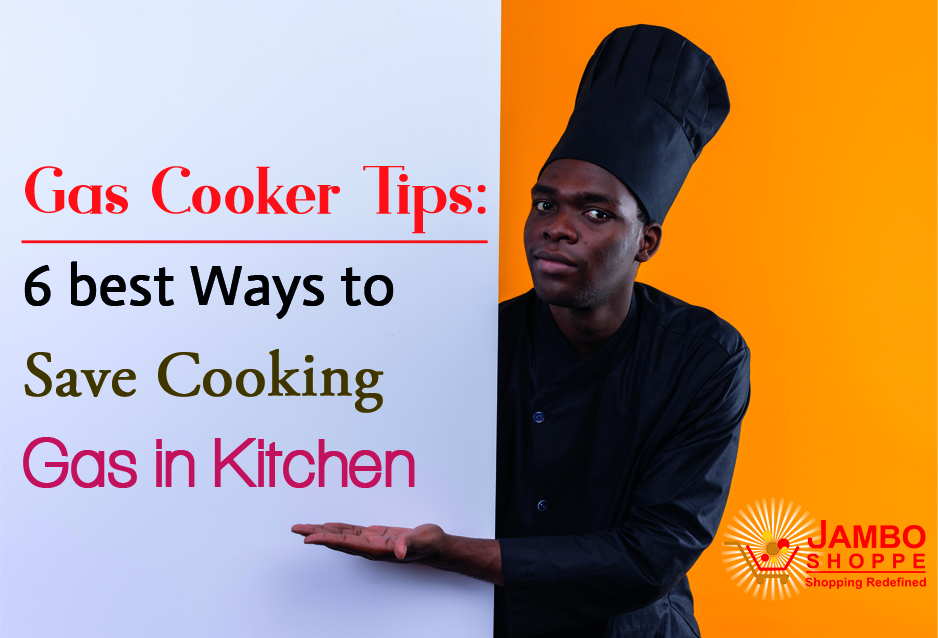
We’re all aware that the cost of energy is rising at an exponential rate. Cooking Gas (LPG) was formerly taken for granted, but now that it is subsidized by the government and prices are rising, it is no longer affordable to the average person. Learning how to save cooking gas in your kitchen and get the most bang for your money is a proven way to avoid this.
Here’s what you should do if you want to learn how to use less gas at home:
- Cook one-pot meals to save more
When you cook a large amount of food at once, you can save money on gas, as opposed to cooking small meals all the time. According to research, doing so reduces energy dissipation/loss by more than 30%, putting you ahead of the gas-saving curve.
To keep things interesting, switch up your one-pot meals and create a new menu every day. By dining together and at home, you will not only save a lot of money but also a lot of gas. Invest in a good refrigerator as well, which will help you store your food and meet your needs at the end of the day.
- Defrost Frozen food a few hours before cooking
It is critical to defrost food overnight or at least 3-4 hours before cooking to save gas. It cuts down on the time it takes your gas cooker to heat up during the super cold thaw. In your kitchen, you’ll have an excellent, faster, and gas-saving cooking experience. This is self-evident, but some people overlook it and immediately begin cooking, resulting in a waste of fuel.
- Use the right cooking pan (Sufuria)
You can save energy by choosing the right size of cooking pan. When warming water on the stove, why not warm just enough water in a small pan rather than warming water you don’t want to use in a large pan? This reduces your energy or gas consumption. Aside from saving energy, the right cooking pan combined with the right gas burner helps to keep the kitchen clean because the flames won’t be able to burn the sides of your pan.
Make sure your cookware matches the size of your recipes or servings, as larger cookware requires more LPG to heat up. Consider the type of sufuria you’re using as well. In comparison to nonstick pans, aluminum pans are known to conduct heat easily.
- Make use of an electric kettle
Water must be heated to 100 degrees Fahrenheit in order to boil at sea level, which affects the time it takes for your food to begin cooking. If you boil your water in the boiling kettle, you can cut down on time and cooking gas.
Simply bring the water to a boil and keep it there. Next time you cook, instead of using LPG to boil water, use that water instead. Shop on Jamboshop now to get yourself quality electric kettles at an affordable price.
- Cover your food when cooking
Using a lid on the pans allows you to cook your food faster while using less gas. Covering the pan with a lid allows the flames to reach the pan’s sides, allowing for more efficient cooking.
Keep an eye on the cooking time the next time you cook and make sure that all of the ingredients need to be cooked. If necessary, warm leftover food with a microwave instead of your LPG cylinder. Salads and fruits can be added to your meals as a side dish because they don’t require cooking. You’ll also be eating much healthier as a result, and your body will thank you.
- Cook using low-heat
High heat is known to destroy beneficial enzymes, nutrients, and vitamins in food. Next time, cook on low heat and let your pan simmer once it’s warmed up. If you’re serious about getting the most nutrition out of your meals, steam your vegetables instead of boiling them.
Another suggestion is to use other cooking alternatives like the certified gas stoves ‘Jikokoa’, which are known to save up to 15% on LPG monthly and cook more efficiently. It’s a wise investment.
You can Also Read:


